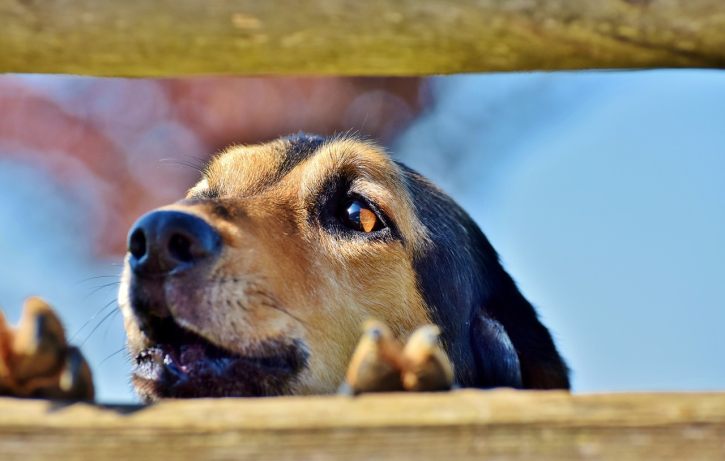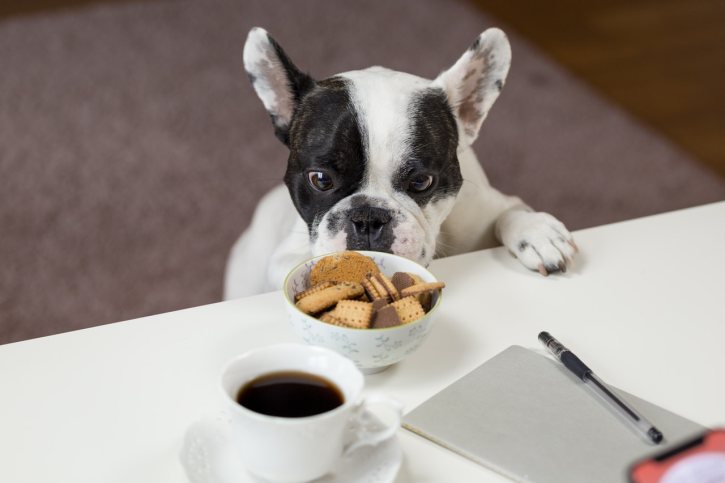Pet owners know that dogs may experience anxiety at some stage. Just like us humans, dogs have a wide range of emotions, both positive and negative.

As a dog owner, it’s important to know when your dog is in the throes of anxiety so that you can do something to ease this feeling. CBD oil for dogs is a popular method to control this. But first, it’s important to know the signs.
Here are some of the most common signs of dogs experiencing anxiety:
-
Constant barking
There’s nothing wrong when the dog barks at something outside or when they do so as a reaction to hearing a suspicious noise. But when your dog starts barking constantly and you don’t see a reason for it, this may be an indication that your canine feels anxious. If your dog seldom barks, you may notice that he’s being noisier than usual.
Dogs may also show a heightened sensitivity to quick movements and noises. To ease your pet, you can use noise as a distraction. Ease your pet’s anxiety by playing soft music. You can also try making your home more relaxing to calm your canine down. Verified CBD suggests If you see that your dog is having an undesirable behavior caused by sources such as fireworks, probably it might be the right time to introduce your dog to CBD. CBD is a well-known alternative treatment for anxiety in dogs. You can add CBD oil to your dog’s food or use cbd dog treats for fighting anxiety in your dog.
-
Exhibiting displacement behaviors
Displacement behaviors refer to behaviors dogs usually do, but which they do out of context. Such actions are an indication of anxiety and conflict. Your dog wants to do certain things, but he’s suppressing this urge. When this happens, the dog displaces his suppressed behavior by doing something else like yawning or licking.
For instance, if you’re preparing to leave the house and your canine hopes to come along. He doesn’t really know whether you’ll bring him or not. This makes your dog anxious as he wants to run outside or jump into your arms.
Instead, you see him yawning. In this situation, the uncertainty causes your pet’s anxiety and so, he displays certain behaviors.
-
Restlessness and excessive panting
Most of the time, anxious dogs are very restless. You’ll see your pet lying down, getting back up, walking around, and behaving restless. If your dog has never displayed these behaviors before, then it may be an indication of anxiety.
When you notice that this restlessness doesn’t go away, you may have to start working on reducing your canine’s overall anxiety. Apart from restlessness, dogs may also experience excessive panting, which is also known as “stress panting,” which they do when they feel anxiety. If you notice your dog panting a lot for no reason at all, he’s most likely feeling anxious.
-
Peeing while walking
When dogs feel anxious, they might start leaving trails of urine while they’re waking. Urine dribbling or even defecation is part of their fight-or-flight response. These excretions are a by-product of this normal response which relaxes their anal sphincter muscles and bladder.
This behavior might seem like your pet has forgotten his house training, or he’s just misbehaving, but it can also be an indication of anxiety or fear. Try to observe your pet first to see what caused him to pee or poop while walking. If you overreact to this behavior, this might end up increasing the anxiety your dog feels.
-
Hiding or showing a “half-moon eye”
Anxious dogs also tend to search for a hiding place for them to feel safe. Dogs who often hide are typically more anxious and fearful about the things happening around them compared to other canines.
Even if a dog doesn’t hide, he may do something known as the half-moon eye or “whale eye.” You know your dog feels anxious when you can clearly see the whites of his eyes.
-
Excessive chewing
Excessive chewing refers to when a dog chews on window sills, door frames, or any other objects when left alone. When you come home and you see a lot of chewed-up items, check your canine. This is one of the ways dogs release their pent-up anxiety or nervous energy.
To prevent your pet from destroying everything in your home, it’s best to leave a bone, chew toy, or any other object your canine can munch on while you’re away.
-
Tongue flicking
Finally, come dogs flick their tongue rapidly or lick their lips when they feel anxious. If you catch your canine doing this over and over again, then this may be a sign that your canine feels anxious about something.



Leave a Reply